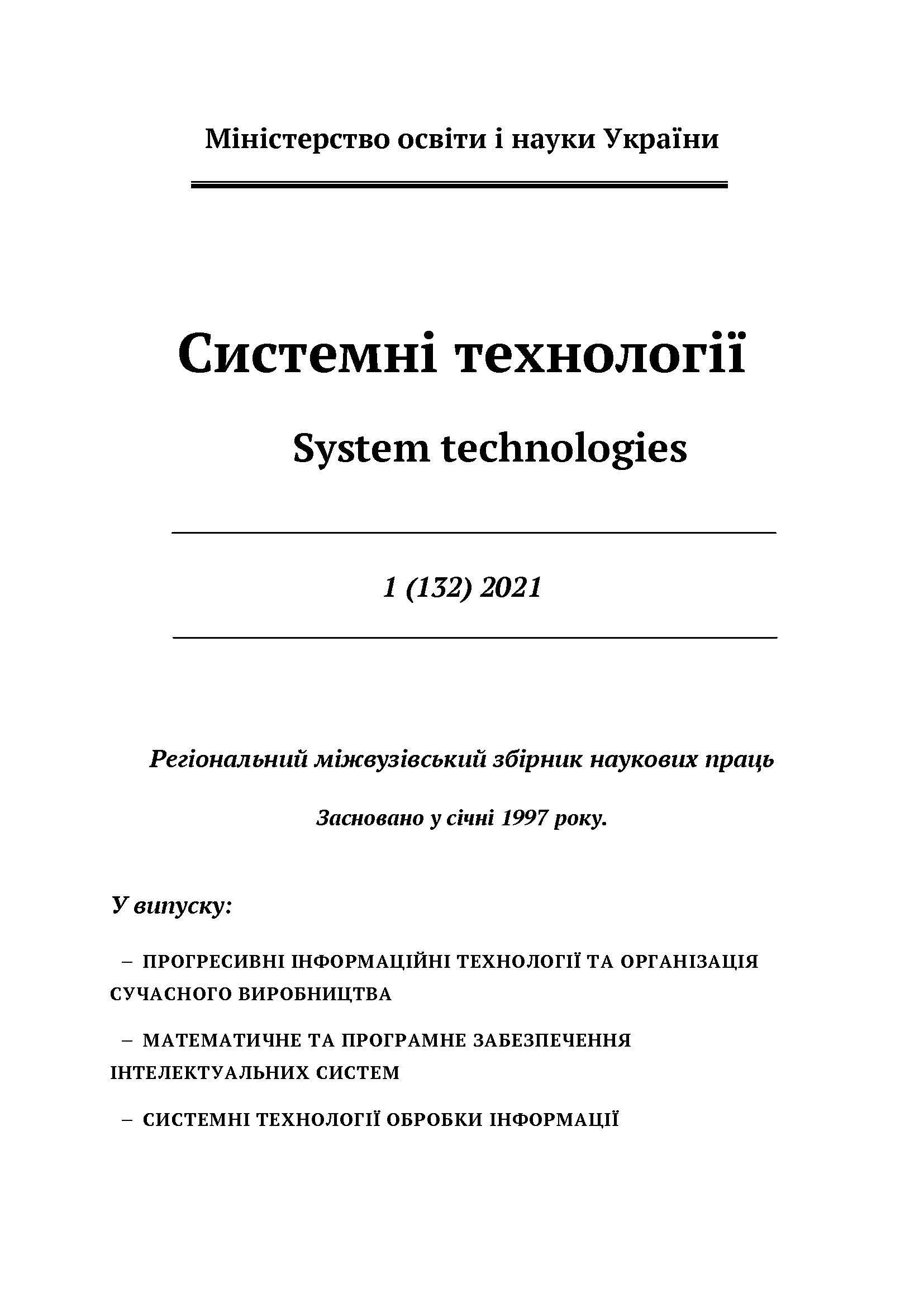МОДЕЛЮВАННЯ ТОПОЛОГІЇ БЕЗДРОТОВИХ СЕНСОРНИХ МЕРЕЖ
DOI:
https://doi.org/10.34185/1562-9945-1-132-2021-07Ключові слова:
топологія, математична модель, бездротова передача, сенсорна мережа, енергомоніторинг, вузелАнотація
До числа основних проблем досліджень бездротових сенсорних мереж (БСМ) відносяться моделювання та управління топологією мережі з метою підвищення її зв'язності, а також маршрутизація з мінімальними часовими і енергетичними затратами. В роботі здійснено порівняння можливих топологій БСМ між собою та розглянуто статистику кінцевої затримки, пропускної здатності, завантаження. Ре-зультати вказують на те, що деревоподібна мережа має більшу пропускну здатність і кінцеву затримку. Крім того, згасання погіршує продуктивність мережі та накладні витрати на маршрутизацію. Зроблено висновок, що продуктивність мережі з топо-логією зірки прийнятна для малих мереж, тоді як на основі сітки найкраще підходить для мереж з великою кількістю мобільних вузлів.
Посилання
Sobin C. A Survey on Architecture, Protocols and Challenges in IoT. Wirel Pers Commun. 2020; 112: 1383–1429. https://doi.org/10.1007/s11277-020-07108-5.
Alahmadi H., Bouabdallah F. Multichannel preamble sampling MAC protocol for wireless sensor networks. Int. J. Distrib. Sens. Networks. 2019; 15: 155014771985095. https://doi.org/10.1177/ 1550147719850951.
Masud F., Abdullah A., Altameem A., Abdul-Salaam G., Muchtar F. Traffic Class Prioritization-Based Slotted-CSMA/CA for IEEE 802.15.4 MAC in Intra-WBANs. Sensors. 2019; 19: 466. https://doi.org/10. 3390/s19030466.
Akimov E.V. Sravnenie topologiy besprovodnykh sensornykh setey [Comparison of topologies of wireless sensor networks], Vestnik komp'yuternykh i informatsionnykh tekhnologiy [Herald of Computer and Information Technologies], 2008, No. 8, pp. 240.
Nedev M.D. Sinkhronizatsiya vremeni v sensornykh setyakh [Time synchronization in sensor networks], Programmnye sistemy: teoriya i prilozheniya [Program Systems: Theory and Applications], 2011, pp. 71-83.
Chen B. D., Varshney, P. K. (2004). QoS support in wireless sensor networks: A survey. Proc. of Intl. Conf. on Wireless Networks (ICWN ‘04), Las Vegas, Nevada, USA.
Sun G., Zhao L., Chen Z., Qiao G. Effective link interference model in topology control of wireless Ad hoc and sensor networks. Journal of Network and Computer Applications, 2015, vol. 52, pp. 69-78.
Завантаження
Опубліковано
Номер
Розділ
Ліцензія

Ця робота ліцензується відповідно до ліцензії Creative Commons Attribution 4.0 International License.















